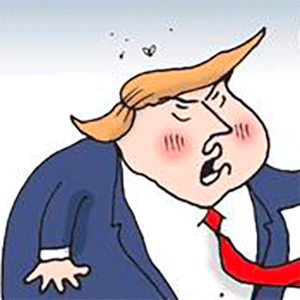Decoding the Whisker Twitch
Published in Cats & Dogs News
Whiskers may look like decorative flourishes, but they are precision instruments. Known scientifically as vibrissae, these specialized hairs extend far deeper into the skin than regular fur, connecting to clusters of nerves that provide cats and dogs with acute sensory awareness. Understanding the subtle shifts of whiskers and other body cues is helping pet owners better interpret what their animals are feeling.
Why Whiskers Matter
Whiskers detect air currents, vibrations, and even objects in the dark, functioning as navigational tools. Cats rely on them to judge tight spaces, while dogs use them to sense prey or environmental shifts. Because whiskers are so sensitive, their positioning often reflects emotional states.
The Cat’s Lexicon
For cats, forward-pointing whiskers typically signal alertness or hunting focus. Flattened whiskers may indicate fear or aggression, while a neutral outward spread usually suggests calm contentment. Pairing whisker cues with ear and tail positions gives a fuller emotional map.
Dogs Have Signals Too
Dogs’ whisker language is subtler, but facial whisker flares often accompany heightened attention. Trainers note that stressed dogs may twitch their whiskers when uncertain. Observing this in conjunction with panting or body posture provides critical clues for handlers.
From Science to Everyday Life
Veterinary behaviorists stress that whisker-reading is less about isolated signals and more about patterns. “It’s a puzzle piece,” explained Dr. Simone Kelly, an animal behaviorist. “When you see forward whiskers, perked ears, and a rigid tail, you’re looking at high arousal, whether playful or predatory.”
A Tool for Connection
For owners, paying attention to whisker cues means better communication and stronger bonds. It also aids in detecting stress earlier, allowing intervention before behavior escalates. From the faintest twitch to a dramatic flare, whiskers whisper a story—if humans know how to listen.
========
This article was written, in part, utilizing AI tools.








Comments